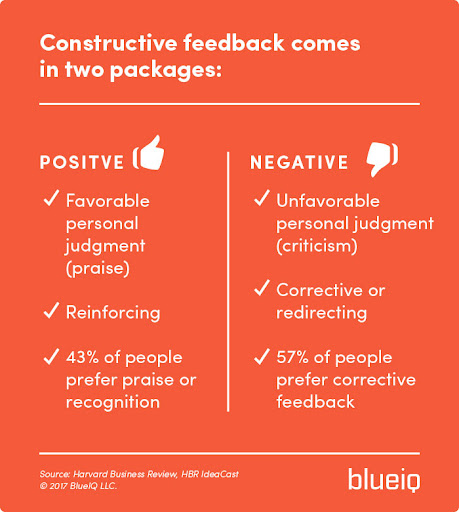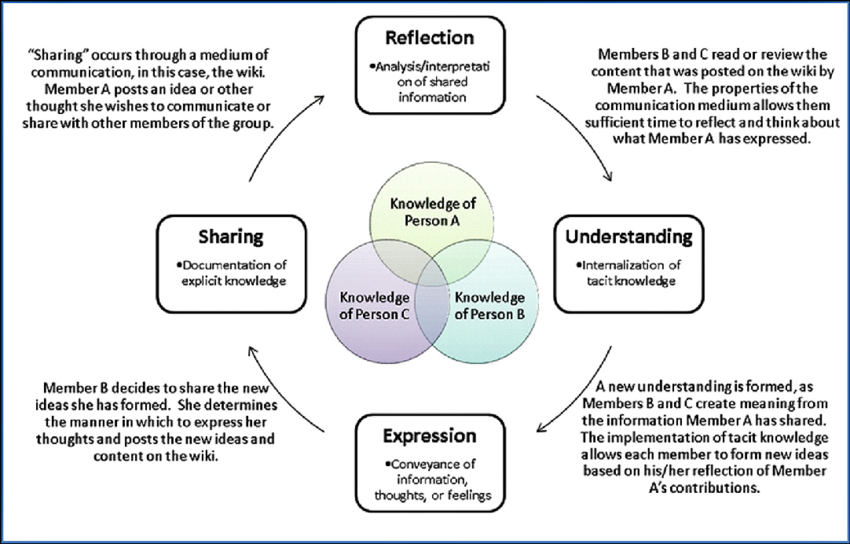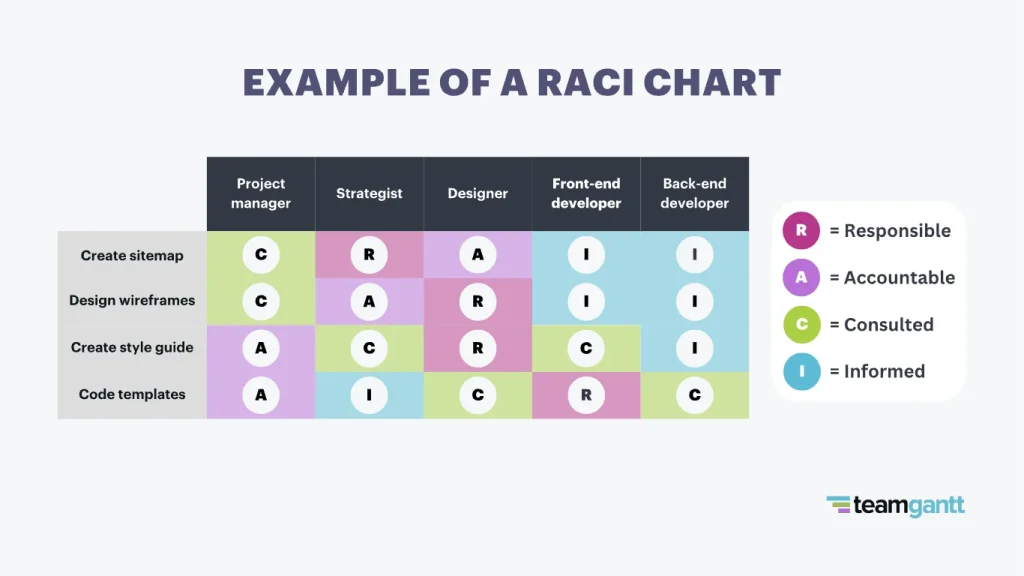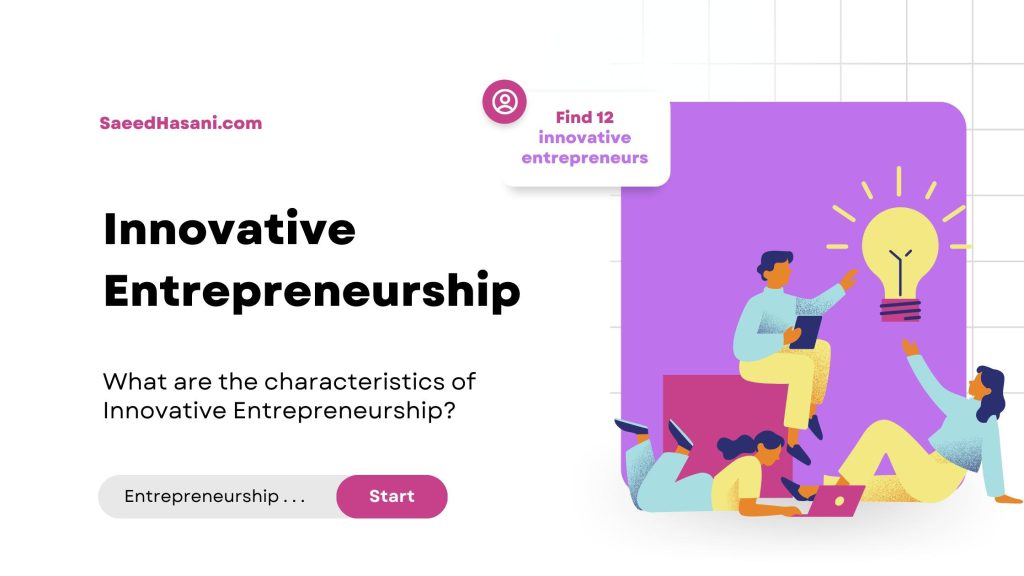5 Examples of effective team dynamics

Effective team dynamics are crucial for the success and productivity of any group. They involve communication, trust, collaboration, and roles within the team.
Content Overview:
What are examples of effective team dynamics?
In this blog post, I cover X examples of effective team dynamics. Let’s get started:
Open Communication
Team members feel comfortable expressing their thoughts, ideas, and concerns without fear of judgment or backlash. There’s a culture of listening and valuing each member’s input, which fosters innovation and problem-solving.
How to implement Open Communication as an effective team dynamic?
Implementing open communication as an effective team dynamic involves creating an environment where all team members feel valued, heard, and encouraged to share their thoughts and ideas freely.
This requires concerted effort from leadership and every team member to establish and maintain practices that promote transparency, active listening, and constructive feedback. Here are several strategies to foster open communication within a team:
1. Set the Tone from the Top
Leadership should model open communication by being transparent about decisions, sharing information freely, and encouraging questions and feedback. When leaders communicate openly, they set an example for the rest of the team to follow.
2. Establish Clear Communication Channels
Make sure there are defined channels for both formal and informal communication. This could include regular team meetings, one-on-one check-ins, and digital platforms for daily communication. Ensure everyone knows how and when to use these channels.
3. Encourage Active Listening
Active listening involves fully concentrating, understanding, responding, and then remembering what is being said. Encourage team members to practice active listening in their interactions, which demonstrates respect and valuing others’ contributions.
4. Foster a Culture of Trust and Safety
Create a team culture where members feel safe to express their ideas, concerns, and mistakes without fear of judgment or retaliation. This can be achieved by treating mistakes as learning opportunities and emphasizing the importance of diversity of thought.
5. Promote Inclusivity
Ensure every team member has the opportunity to speak and contribute during meetings and discussions. Be mindful of team dynamics to prevent more dominant personalities from overshadowing quieter members. Sometimes, structured turn-taking or designated brainstorming sessions can help.
6. Provide Constructive Feedback
Feedback should be constructive, focusing on behaviors and outcomes rather than personal attributes. Teach team members how to give and receive feedback in a way that is helpful and promotes growth.

7. Encourage Questioning and Curiosity
Promote an environment where questions are welcomed and encouraged. Curiosity leads to deeper understanding and innovation. Make it clear that there are no “stupid questions” and that seeking clarity is a strength, not a weakness.
8. Hold Regular Check-ins and Team Meetings
Regular meetings provide a forum for open dialogue and help keep everyone informed. Encourage participation from all team members and use these meetings as an opportunity to address any concerns or obstacles the team may be facing.
9. Practice Transparency
Be as open as possible about company news, updates, and decisions. When team members are informed, they feel more secure and valued, which fosters a culture of openness.
10. Encourage Informal Social Interactions
Informal interactions can help break down barriers and improve communication. Team-building activities, casual meet-ups, or virtual coffee breaks can encourage more open and relaxed conversations.
Implementing these strategies requires patience and persistence, as changing team dynamics can take time. Regularly solicit feedback from team members on the communication climate and be willing to adjust strategies as needed to ensure that open communication is encouraged and becomes a fundamental part of the team’s culture.
Trust and Respect
Each team member trusts the others to fulfill their roles and responsibilities. There’s a mutual respect for expertise and contributions, which creates a supportive and encouraging environment.
How to trust create an effective team dynamic?
Creating trust within a team is fundamental to establishing effective team dynamics. Trust fosters a positive working environment, encourages open communication, and enhances collaboration, leading to higher productivity and job satisfaction.
Building trust doesn’t happen overnight; it requires consistent effort and intentionality from everyone in the team, especially leadership. Here are strategies to build and maintain trust within a team:
1. Lead by Example
Leaders and managers should model trustworthy behavior. This includes being honest, transparent, and consistent in actions and communication. When leaders demonstrate integrity, it sets a standard for the rest of the team to follow.
2. Communicate Openly and Transparently
Open lines of communication are crucial. Share information about decisions, changes, and company news promptly. When team members are kept in the loop, they feel valued and trusted, which encourages them to reciprocate.
3. Show Respect and Appreciation
Treat every team member with respect, regardless of their role or level within the organization. Recognize and appreciate their contributions, which reinforces their value to the team and builds mutual respect.
4. Encourage Vulnerability
Create a safe environment where team members feel comfortable sharing their thoughts, challenges, and mistakes without fear of judgment. This can be facilitated through regular check-ins, feedback sessions, and team-building activities that emphasize personal sharing and support.
5. Keep Commitments
Reliability is key to trust. Ensure that everyone, including leadership, follows through on promises and commitments. If deadlines can’t be met or plans change, communicate this as early as possible, along with an explanation and a new plan.
6. Promote Interpersonal Relationships
Encourage team members to get to know each other beyond their professional roles. Team-building activities, social events, and informal gatherings can help members build personal connections, leading to stronger mutual trust.
7. Handle Conflicts Constructively
Address conflicts openly and fairly as soon as they arise. Encourage a culture where conflicts are seen as opportunities for growth rather than threats. This approach helps maintain trust by ensuring issues are resolved transparently and equitably.
8. Foster Inclusivity and Diversity
An inclusive team environment where all members feel valued and understood is crucial for building trust. Celebrate diversity and ensure that everyone’s voice is heard and respected, which reinforces a sense of belonging and trust.
9. Offer Support and Resources
Provide team members with the support and resources they need to perform their roles effectively. This shows that the organization trusts them to make the right decisions and is invested in their success.
10. Seek and Act on Feedback
Regularly ask for feedback on team processes, leadership, and the work environment. Acting on this feedback demonstrates that leadership values and trusts the opinions of team members, further building mutual trust.
Building trust is an ongoing process that requires attention and effort from every team member. By prioritizing trust, teams can unlock their full potential, navigate challenges more effectively, and achieve their goals with a greater sense of unity and purpose.
Defined Roles and Responsibilities
Everyone knows their specific role within the team and what is expected of them. This clarity helps to avoid conflicts over duties and ensures that all necessary tasks are covered.
How to define a clear role in our team?
Defining clear roles within a team is essential for ensuring that everyone knows their responsibilities, which helps to prevent confusion and overlap in tasks.
It also enables team members to focus on their areas of expertise and contribute effectively to the team’s objectives. Here are steps and considerations for defining clear roles in your team:
1. Understand Team Objectives
Before defining roles, have a clear understanding of the team’s overall objectives and goals. This clarity helps ensure that roles are aligned with what the team needs to achieve.
2. Assess Individual Skills and Interests
Take stock of each team member’s skills, experience, and areas of interest. This assessment helps in assigning roles that match each person’s strengths and career aspirations, leading to higher engagement and productivity.
3. Define Responsibilities and Expectations
For each role, clearly define the responsibilities and expectations. This includes specific tasks, the scope of work, decision-making authority, and how the role contributes to the team’s objectives. Articulated roles help prevent overlaps and gaps in responsibilities.
4. Ensure Role Alignment with Goals
Ensure that each defined role aligns with the team’s goals and objectives. Each role should have a clear purpose and contribute to the overall success of the team.
5. Communicate Roles and Responsibilities
Once roles are defined, communicate them clearly to the entire team. This can be done through team meetings, written documentation, or both. Ensure that everyone understands not only their role but also the roles of their teammates, fostering a collaborative environment.

6. Provide Necessary Training and Resources
If a role requires specific skills or knowledge, provide the necessary training and resources to fulfill those responsibilities effectively. This might include formal training sessions, mentorship, or access to learning materials.
7. Establish Feedback and Review Mechanisms
Implement mechanisms for regular feedback and review of roles and responsibilities. This allows for adjustments based on changing team needs, individual performance, and personal development goals.
8. Encourage Collaboration and Support
Foster an environment where team members feel comfortable seeking help and collaborating. Even with clearly defined roles, the best teams operate with a sense of mutual support and flexibility.
9. Review and Adapt Roles Regularly
The team’s needs and individual capabilities can change over time. Regularly review and adjust roles as necessary to ensure they continue to meet the team’s objectives and accommodate individual growth and changes.
10. Document Roles and Updates
Maintain documentation of roles, responsibilities, and any changes. This documentation serves as a reference for current team members and helps onboard new members efficiently.
By following these steps, you can define clear roles that align with your team’s objectives, leverage individual strengths, and create a structured yet flexible environment that promotes accountability, efficiency, and collaboration.
Collaboration and Cooperation
Team members work together towards common goals, leveraging each other’s strengths and compensating for weaknesses. Collaboration is prioritized over competition within the team.
3 strategies to foster collaboration and build an effective team dynamic
Fostering collaboration and building an effective team dynamic is crucial for achieving high performance and maintaining a positive work environment. Here are three strategies that can help achieve these goals:
1. Promote Open Communication and Transparency
- Implementation: Encourage regular, open dialogues where team members can share ideas, express concerns, and provide feedback. This can be facilitated through regular team meetings, one-on-one check-ins, and creating an open-door policy where team members feel comfortable approaching leadership with suggestions or concerns.
- Impact: Open communication fosters a sense of belonging and trust among team members. When everyone feels heard and valued, it boosts morale and encourages a more collaborative environment. Transparency about decisions and changes within the organization further enhances trust and helps align team efforts toward common goals.
2. Establish Clear Goals and Roles
- Implementation: Clearly define team goals and individual roles within those objectives. Use tools such as RACI charts (Responsible, Accountable, Consulted, and Informed) to clarify roles in tasks and decisions. Ensure that goals are SMART (Specific, Measurable, Achievable, Relevant, Time-bound) and that each team member understands how their work contributes to the wider team and organizational objectives.
- Impact: When team members have a clear understanding of their roles and how they fit into the larger picture, it reduces confusion and overlap, leading to more efficient collaboration. It also enables individuals to take ownership of their tasks, fostering a sense of responsibility and accountability.

3. Encourage Mutual Support and Team Learning
- Implementation: Create a culture where team members are encouraged to support each other, share knowledge, and learn together. This can be achieved through regular knowledge-sharing sessions, team-building activities, and establishing mentorship or buddy systems. Encourage cross-functional collaboration by involving team members in projects outside their usual scope of work, allowing them to bring fresh perspectives and learn new skills.
- Impact: Mutual support and continuous learning strengthen team bonds and foster a culture of continuous improvement. It enables the team to adapt more readily to changes and challenges, leveraging the diverse skills and perspectives of its members. When team members feel supported and know they can rely on each other, it enhances collaboration and the overall team dynamic.
Additional Considerations
Implementing these strategies requires a commitment to creating a positive, inclusive workplace culture. Leadership should lead by example, demonstrating the values of open communication, clear direction, and mutual support.
Regularly assessing the team’s dynamics and soliciting feedback from team members can help identify areas for improvement and ensure that the strategies remain effective over time.
By focusing on these strategies, teams can create a strong foundation for collaboration, driving innovation, and achieving superior results, all while maintaining a positive and engaging work environment.
Constructive Conflict Resolution
Disagreements are inevitable, but effective teams address conflicts constructively. They focus on the issue at hand rather than personal attacks and work together to find solutions that benefit the whole team.
How to address conflict effectively?
Addressing conflict effectively is essential for maintaining healthy and effective team dynamics. Conflict, when managed properly, can lead to growth, innovation, and stronger relationships within a team. Here are steps to address conflict effectively:
1. Acknowledge the Conflict
- Recognize that a conflict exists and address it directly rather than ignoring it. Early acknowledgment can prevent escalation and facilitate a quicker resolution.
2. Create a Safe Environment
- Set up a private, neutral space for discussion where all parties feel safe to express their thoughts and feelings without interruption or judgment.
3. Define the Problem Clearly
- Encourage each party to articulate their perspective on the conflict. This involves identifying the underlying issues or needs that are not being met. Ensure that the problem is defined in terms of behavior and circumstances, not personality traits.
4. Listen Actively
- Practice active listening by giving full attention to the speaker, acknowledging their points, and clarifying their statements when necessary. This helps each party feel heard and understood, which is crucial for resolving conflict.
5. Find Common Ground
- Identify areas of agreement or shared goals that all parties can agree on. This can help shift the focus from competing interests to collaborative problem-solving.
6. Explore Solutions Together
- Brainstorm possible solutions to the conflict, encouraging creativity and open-mindedness. It’s important that all parties contribute to the solution and that any resolution is mutually beneficial.
7. Agree on a Plan of Action
- Once a solution is identified, agree on a specific plan of action that outlines who will do what and by when. This plan should address the root causes of the conflict and meet the needs of all parties involved.
8. Implement and Follow Up
- Implement the agreed-upon solution and set a date for follow-up to assess its effectiveness. This follow-up is crucial for ensuring that the resolution is satisfactory and for making adjustments if necessary.
9. Reflect and Learn
- After resolving the conflict, encourage reflection on the process. Discuss what was learned from the experience and how similar conflicts can be prevented or better managed in the future.
10. Seek External Help if Necessary
- If the conflict cannot be resolved internally, consider seeking help from a neutral third party, such as a mediator or HR professional, who can facilitate the resolution process.
Key Considerations
- Emphasize the importance of maintaining respect and professionalism throughout the conflict resolution process.
- Focus on interests, not positions. Try to understand the needs driving the other party’s position.
- Avoid blame and focus on the issue at hand rather than past grievances.
- Remember that conflict resolution is not about winning or losing but finding a solution that respects and meets the needs of all parties involved.
Effectively addressing conflict requires patience, empathy, and a willingness to understand and accommodate different perspectives. By following these steps, you can turn conflict into an opportunity for growth and improve effective team dynamics.
Conclusion
These dynamics are not exhaustive but represent key aspects of high-functioning teams. Cultivating these dynamics requires intentional effort and commitment from all team members, including leadership.
What examples of effective team dynamics do you use? Share it with me here and comment!







Responses